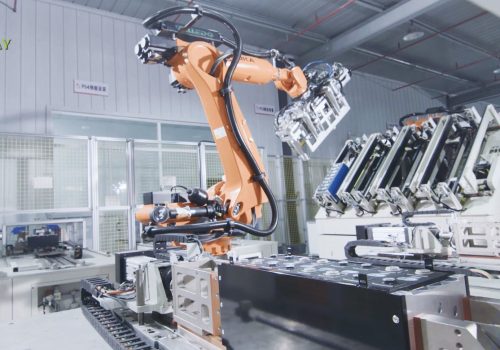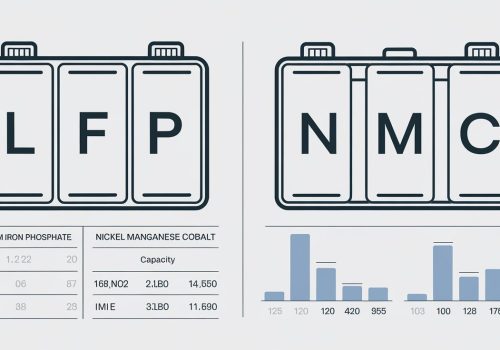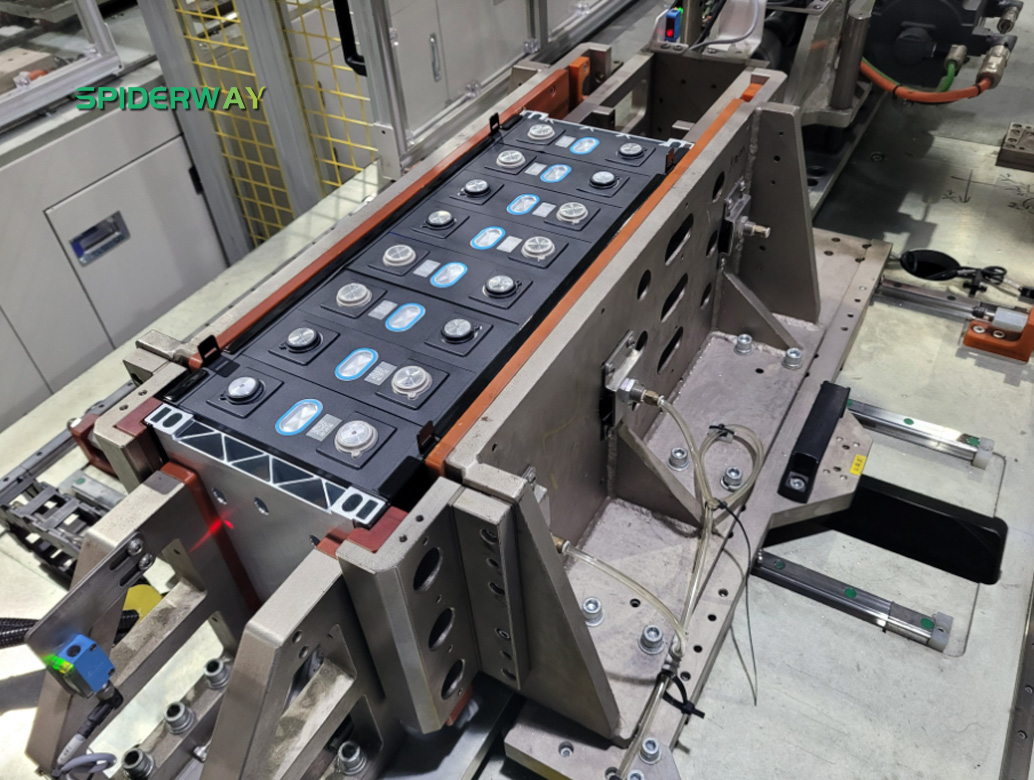
“Lithium iron phosphate (LFP) batteries may not be phased out in the next 20 years,” said Lian Yubo, Chief Scientist at BYD. This viewpoint is shared against the backdrop of solid-state batteries already on the verge of commercialization. Does this make sense? Or will the technology path of lithium iron phosphate eventually be phased out?
In this video, we will delve into this topic. First, it’s important to know that in the Chinese market, LFP is currently the dominant player, with its installation volume surpassing that of ternary lithium for three consecutive years. According to authoritative statistics, from January to July 2024, the installation volume of ternary lithium in the electric vehicle sector accounted for 30%, while LFP accounted for 70%. This indicates that LFP is currently the mainstream choice for power batteries, mainly due to its outstanding advantages in safety, cycle life, and procurement costs compared to ternary lithium.
The reason for LFP’s dominance is largely due to its crystal composition and structure. LFP chemically belongs to the olivine structure, and the strong three-dimensional chemical bonds formed by the phosphate group give it excellent thermodynamic and kinetic stability. Since its first reporting in 1997, LFP as a cathode material has been structured for stability, which is the fundamental premise for its commercialization. This ensures that the battery does not easily collapse structurally during operation as lithium ions intercalate and de-intercalate. Additionally, the abundance and low cost of phosphorus and iron elements give LFP a strong cost advantage.
Its most well-known advantage is its high safety profile. Studies on the thermal runaway behavior of the two types of batteries under heating conditions show that LFP only releases a large amount of smoke without combustion, with the highest temperature reaching over 500 degrees Celsius. In contrast, ternary lithium not only releases smoke but also burns violently, with the highest temperature reaching over 1000 degrees Celsius. From a thermal perspective, the heat release of LFP is 0.162 megajoules, and the rate is 1.81 kilowatts, while ternary lithium releases 3.147 megajoules, with a rate of 134.85 kilowatts. This data indicates a significant difference in the performance of the two types of batteries under thermal runaway conditions.
Especially from the rate perspective, the hazard of ternary lithium is very high. This means that in the event of thermal runaway, LFP provides more sufficient time for escape and handling, while ternary lithium loses control in an instant. Therefore, LFP’s installation volume is far ahead because its better inherent safety can reduce the difficulty and cost of thermal management at the system level.
For many mid-to-low-end models, LFP is the best choice. However, for many mid-to-high-end models, to provide better endurance, ternary lithium is currently an unavoidable option. From an energy density perspective, LFP is not as good as ternary lithium in terms of both mass density and volumetric density. In terms of mass, LFP is mainly around 140 to 180 watt-hours per kilogram, while ternary lithium is mainly around 200 to 260 watt-hours per kilogram.
From a volumetric perspective, LFP is around 300 to 400 watt-hours per liter, while ternary lithium is around 500 to 700 watt-hours per liter. Of course, some high-end products have already broken through the reference range, but overall, the gap in energy between the two is very obvious, especially the difference in volumetric energy density. The mass difference is not particularly drastic, and mainstream technologies such as CTP, CTC, and CTB can compensate at the pack or vehicle level, but volume is more challenging due to the limited space in the battery compartment.
Given that LFP does not have advantages in mass or volume, some high-end models for long endurance experiences usually do not choose LFP. The key question here is whether LFP can catch up with ternary lithium to reach the current level of ternary lithium. If we look at the individual cell, it should not be able to keep up with the pace of ternary lithium, but it can certainly reach the current level of ternary lithium.
For such lithium batteries, there are usually three paths to increase energy density, especially volumetric energy density: working voltage, packing density, and mass-specific capacity. Let’s explain each of these. Working voltage involves the reaction mechanism of LFP, which differs significantly from ternary lithium in that the cathode of LFP mainly has two stable phases during charging and discharging: the Fe2+ phase and the Fe3+ phase. This means that the charging and discharging process is essentially a two-phase migration process, where one phase changes to another. This results in a stable voltage platform of about 3.4V for LFP, which is maintained for a long time.
Ternary lithium, on the other hand, has a single-phase transition during charging and discharging, with lithium ions continuously intercalating and de-intercalating without a clear phase interface. This leads to a steeper voltage curve for ternary lithium, with no clear voltage platform, changing as the lithium ion concentration varies. This is why the determination of battery charge in ternary lithium is more precise, while LFP requires regular calibration, as the battery charge is determined by detecting voltage levels.
The working voltage of LFP is actually provided by the redox reaction of iron ions at 3.4 volts. Phosphorus and oxygen elements only play a role in structural stability and channel transmission. Due to the reaction mechanism, the voltage platform of LFP is difficult to increase, as it is determined by the crystal structure, and the scope for change is very small. Therefore, increasing the working voltage is a difficult path.
Another route is to increase packing density, making the cathode material of LFP more compact. The theoretical density of LFP is 3.6 grams per cubic centimeter, while the current commercial LFP has a packing density of about 2.4 to 2.5 grams per cubic centimeter. This indicates that there is still a lot of room for improvement. In terms of packing density, the industry’s improvements mainly come from three aspects: improving raw materials and process routes, improving the sintering process, and particle size distribution.
The last direction to increase energy density is mass-specific capacity, which is the amount of charge per unit mass of cathode material that can be stored or released. From the chemical formula of LFP, one mole of LFP can only intercalate one mole of lithium ions, which corresponds to a theoretical mass-specific capacity of 170 milliamp-hours per gram. In reality, the capacity of commercial LFP batteries is only about 130, and it can be lower under high-rate use. This capacity issue is a significant limitation on the energy density of LFP.
The underlying electrochemical mechanism is the kinetic performance of the cathode material, that is, the conductivity of electrons and lithium ions. If the conductivity is very low, the cathode material cannot be fully utilized, meaning its utilization efficiency is low. The key is to improve kinetic performance to approach the theoretical value as much as possible. It is important to note that LFP is a semiconductor, and its electronic conductivity is not inherently advantageous. The lithium ion transport channel is also an interstitial channel with a low diffusion coefficient.
So, despite its excellent structural stability, conductivity is a significant drawback. From the industry’s perspective, improving electronic conductivity is mainly achieved through nanocrystallization, carbon coating, and doping. Currently, most commercial LFP batteries contain nanoscale LFP particles with carbon coatings, forming a conductive network to enhance conductivity. However, the density of the carbon coating layer is low, so this measure is mutually exclusive with packing density, requiring comprehensive improvements in carbon source formulation and processes.
As for the issue of lithium ion diffusion rates, the same methods are used because during charging and discharging, the diffusion of lithium ions and the conduction of electrons are coupled. For example, during discharge, a lithium ion comes from the anode, and an electron also comes simultaneously through the external circuit. Therefore, improving the diffusion rate of lithium ions is also approached through nanocrystallization, carbon coating, and doping. According to professional papers, manganese is a promising doping element. In fact, lithium manganese iron phosphate itself is a cathode material, and the voltage platform brought about by the oxidation of manganese ions is as high as 4.1 volts, which can significantly increase energy density without significantly increasing costs.
However, due to the even lower electronic conductivity of lithium manganese iron phosphate, the existing modification processes cannot offset this disadvantage, so there is currently little of this cathode material on the market. Since manganese ions are chemically similar to iron ions, they can uniformly exist in the crystal structure in any proportion, allowing for doping improvements. Also, because the radius of manganese ions is slightly larger, partially replacing iron with manganese can expand the crystal to enhance the diffusion effect of lithium ions.
It is said that domestic manufacturers have already started the research and development of lithium manganese iron phosphate materials. In addition to the above, the synthesis process of the entire LFP cathode material is also continuously being optimized. By controlling internal defects, particle size, and transmission paths as much as possible, energy density can be further improved to some extent.
It can be affirmed that the technological evolution of LFP is still ongoing, and its energy density will continue to improve in the future. Considering that LFP also maintains excellent thermal stability, a long cycle life, and relatively cheap raw material costs, its future prospects are quite broad
SPIDERWAY LFP Lithium Iron Phosphate Battery: Powering Industrial Vehicles with Precision and Performance
In the realm of industrial vehicle power solutions, SPIDERWAY LFP lithium iron phosphate (LFP) batteries have carved a niche for themselves, offering a blend of high performance, safety, and reliability. These batteries are specifically designed to meet the rigorous demands of industrial applications, where performance and durability are paramount.
Applications in Industrial Vehicles
SPIDERWAY LFP batteries are extensively applied across a spectrum of industrial vehicles. They are the heartbeat of forklifts, golf carts, aerial work platforms, and more, providing the steady power these vehicles require to execute their functions efficiently .
Product and Brand Advantages
The advantages of SPIDERWAY LFP batteries are manifold:
- High Performance: These batteries deliver exceptional power and efficiency, ensuring that industrial vehicles can perform at their best without compromise.
- Fast Charging: Minimizing downtime, these batteries allow for quick charging, which maximizes productivity by keeping machines in operation longer.
- Safety and Stability: Equipped with advanced Battery Management Systems (BMS), SPIDERWAY batteries ensure safe operation throughout the charging process, reducing the risk of accidents.
- Longevity: With a remarkable lifespan, these batteries come with a 10-year warranty, offering value and reliability over the long term.
- Eco-Friendly: SPIDERWAY LFP batteries are made from non-toxic, non-heavy metal materials, aligning with the growing global emphasis on sustainability.
Automated Production Line and Economies of Scale
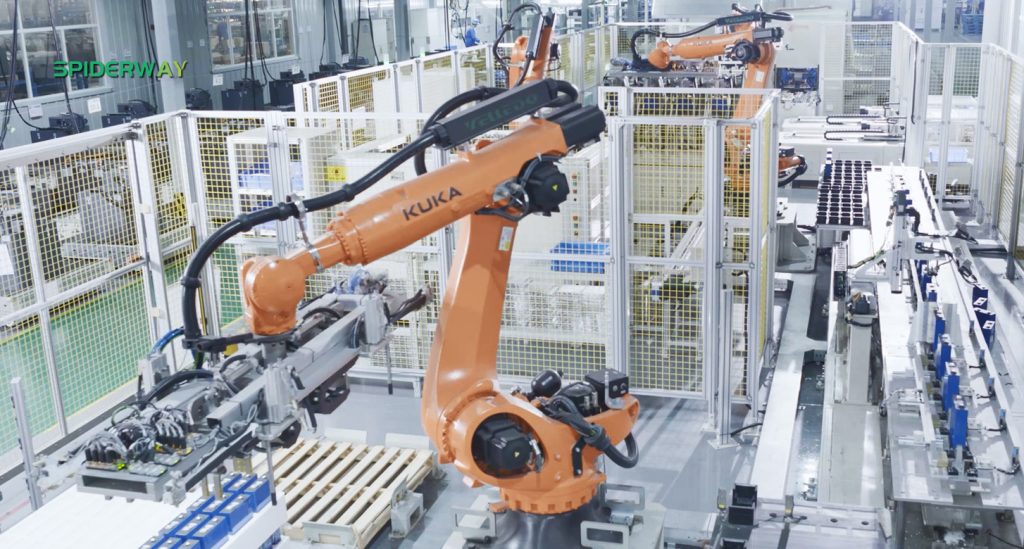
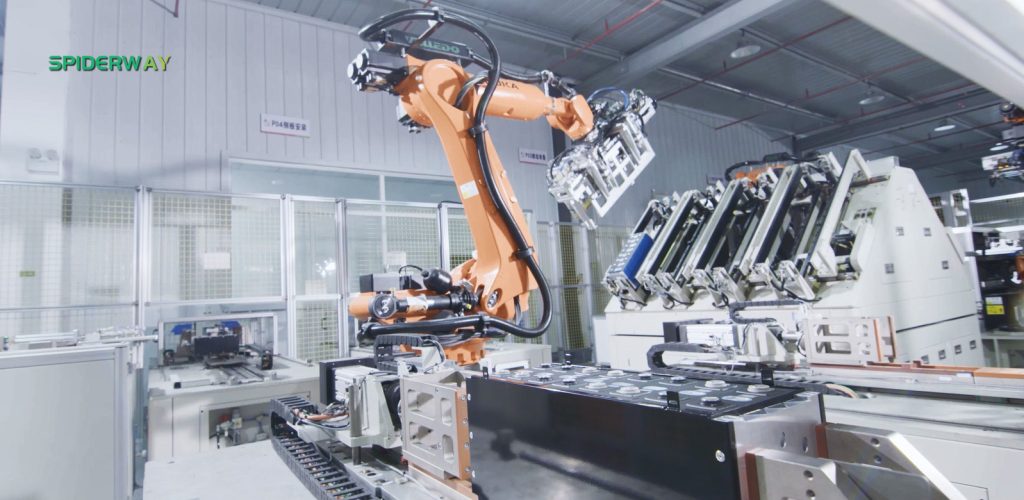
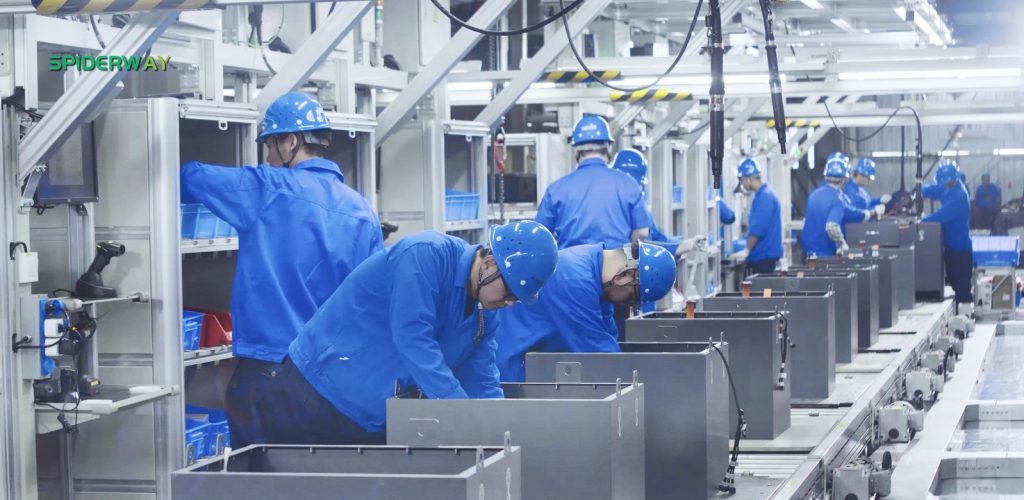
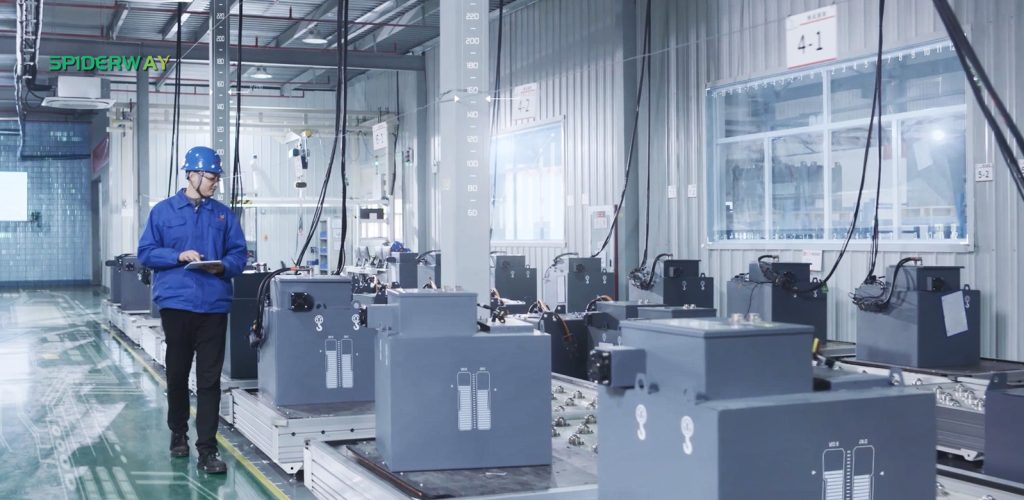
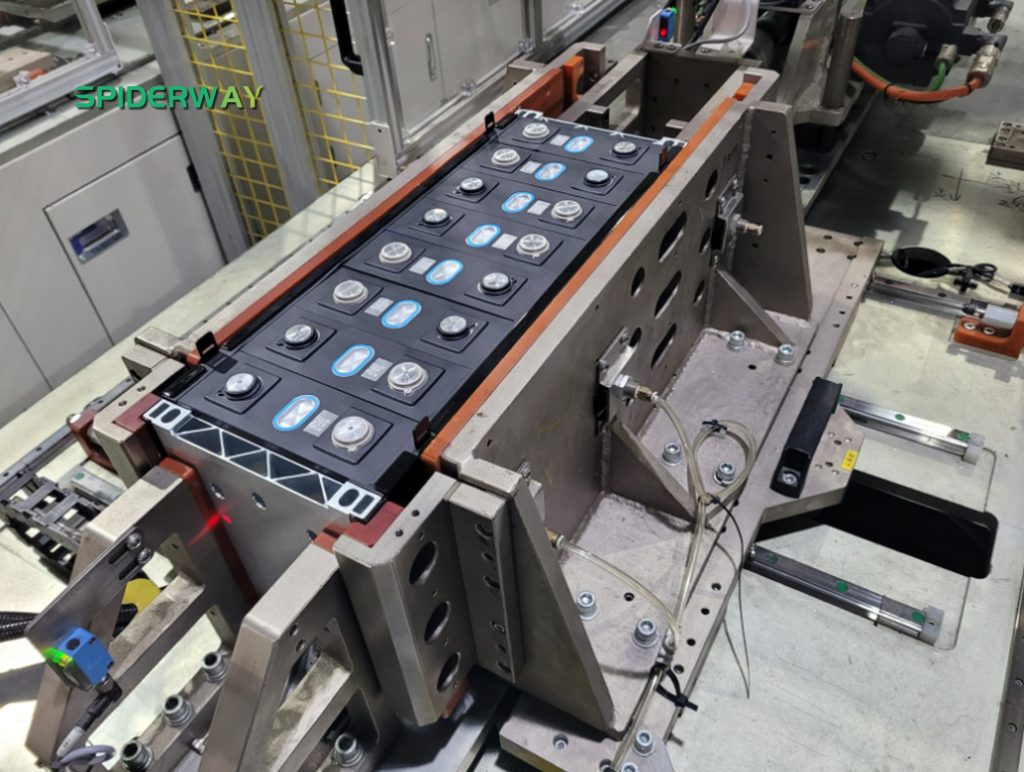
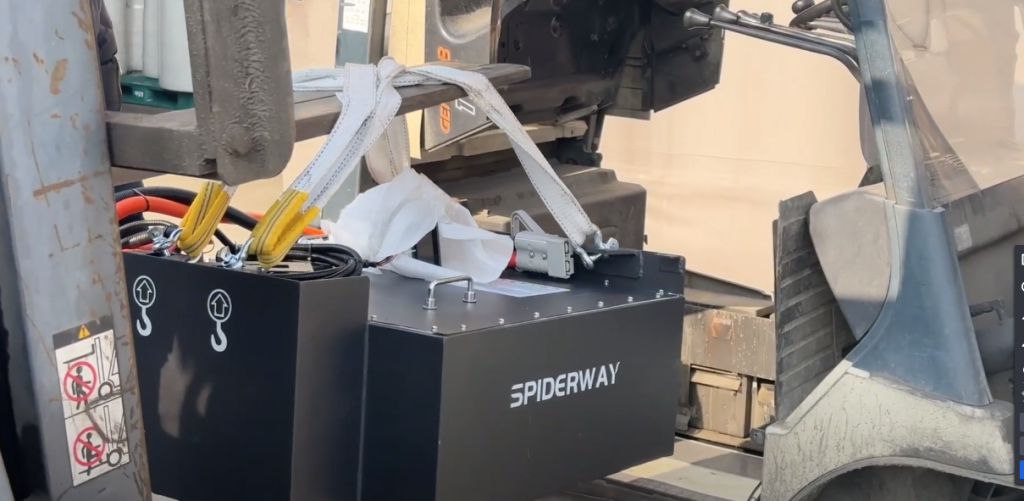
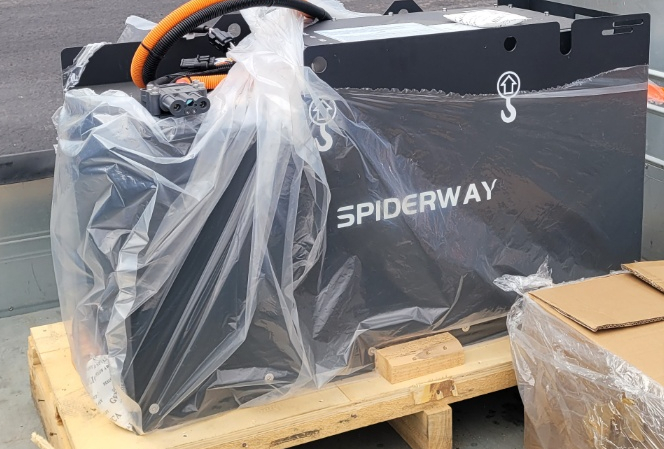
SPIDERWAY has established a state-of-the-art automated production line, which allows for precision manufacturing and efficient output. This not only ensures high-quality standards across all products but also leverages the economies of scale to offer competitive prices. The company’s annual output exceeds 10,000 lithium batteries, meeting the growing demands of the market efficiently .
Price Competitiveness
By mastering the production process and maintaining a robust supply chain, SPIDERWAY is able to deliver its high-quality LFP batteries at competitive prices. This price competitiveness is underpinned by the company’s commitment to cost management规范化, ensuring that while quality never compromises, customers enjoy the benefits of optimized production costs .
Premium Grade LFP Battery Cells from Top Suppliers
Underscoring its commitment to quality, SPIDERWAY sources its LFP battery cells exclusively from four top-tier suppliers: BYD, CATL, EVE Energy, and LISEHN. These suppliers are known for their A-grade LFP cells, which are vetted for performance and reliability. This ensures that SPIDERWAY batteries meet the stringent requirements of various industrial applications, providing a powerful assurance for苛刻的工况要求 .
SPIDERWAY LFP batteries are a testament to the company’s dedication to innovation, quality, and customer satisfaction. As the world moves towards more sustainable and efficient energy solutions, SPIDERWAY stands at the forefront, offering industrial vehicles the power they need to perform at their best.



